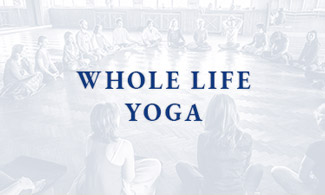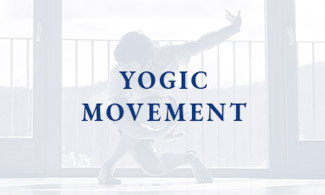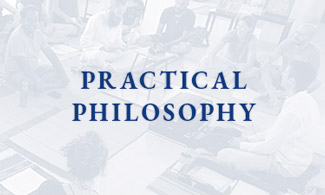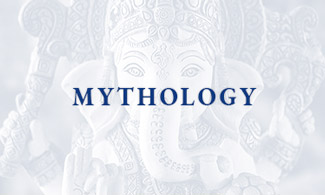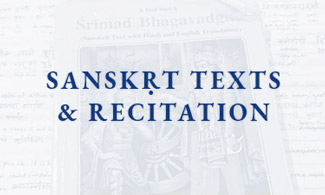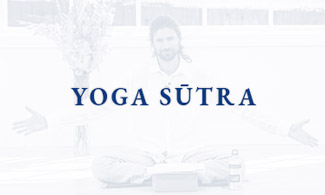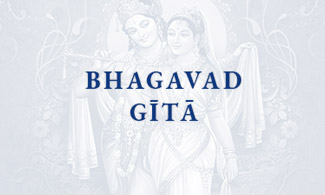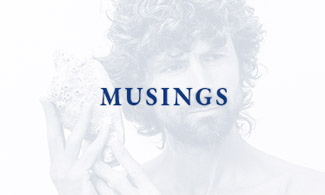
Holding Out For a Hero Why The Purāṇa-s Matter – an Introduction
Is the perennial more relevant than the single-issue, monoculture tendencies of a contemporary lens might suggest?
A few years ago I was speaking with a man that some might call an elder, at the Ojai Foundation, a place where the practice of council has been taught, shared and explored now for a few decades. This man had some interesting things to say. As he was sharing, I was mainly listening, keen to hear the perspectives of someone who has lived, in many ways, a life very different from mine. There was one thing he said though that I wish we had had more time to discuss further.
He said that we need new myths, new stories, that the time for the hero’s journey, and the struggle of the individual, is over. ‘We don’t need any more hero’s journeys’ he said…
Well, I can relate to the idea that during this time of such tremendous change, it might feel like we need ‘new’ myths and stories; however, I have a lot of faith in Purāṇa, the perennial truths encoded and carried in mythological stories that have been passed down and already survived and remained relevant through many changes and revolutions. One of the reasons they have survived is because their teachings translate across scales, dimensions, and levels of awareness. Purāṇa is ancient and always new, set in the ever new now, beyond particularities of time and space. The Indian tradition has for millennia recognised the idea of microcosm and macrocosm, of the interconnectedness of all. In the Indian Purāṇa-s, many of the stories are set in different aeons, sometimes in different galaxies or planes of existence. They are imbued with truths that are relevant to the journey of consciousness that are not just intrinsic within the human experience, but more broadly than that. They were recognised by ṛṣi-s, research scientists who observed Life, and the teachings map onto all life paramāṇuparamamahattvāntosya from the smallest of the smallest to the greatest of the greatest.
Of course, I may be veiled by my own prejudices, fears and limitations here, but feel not so much that we need new myths, rather that we need to imbue our understanding and relation to the time-proven ones with fresh perspectives. That we need to restore our connection to living tradition. That we can invite an expansion and renovation of our perspectives and ways of inquiring. That we can, and should, reclaim and remember the ‘babies’ that got thrown out with the bathwater. The ‘babies’ – overflowing with ever new life – of the underlying timeless Truths and practical myths that were discarded with the dirty bathwater of the failed institutionalised religions that became associated with some of them.
A tradition that lasts is one that is adaptable, vital, that pulsates with and serves life, that can withstand the assaults of those who would exploit and dumb it down for temporal purposes and political aims. I would say that the Spirit never dies and the real teaching will always stay aflame, even if sometimes it looks like mere embers. Yoga is that type of living tradition, and its myths also include a hero’s journey motif. My sense is not that the motif of the hero’s journey is obsolete, rather that we need to live it more fully, more honestly and more holistically. The elder said that we need to work as a collective. Certainly we do. But it is not one or the other, not individualism versus collectivism. No! Let us make all isms wasms. Let us go beyond our over-reactive tendencies. Let us tread the yogic path of balance and integration, that marries the seeming pairs of opposites and draws out their complementary potential.
The Indian tradition is very clear. We start where we have agency. We fortify ourselves, we do our own work. A traditional Tantric marriage (which also maps the internal yoga at the individual level) then weds two souls, so their differencies and polarities can be harnessed to accelerate each person’s spiritual growth and integration. Strong individuals and strong couples united in soul-deep trust and common purpose then make the watertight, well-earthed foundation for solid, harmonious families and robust, harmonious communities that can then contribute to a vibrant, healthy collective.
I remain convinced that a strong, ethical, and sustainable collective can only be brought about by strong, virtuous, heroic individuals. Heroic in the sense that they own responsibility for the nuance and challenge of life, that they have not outsourced their sense of self or reality, and that they are well-estalished in the honest practice of wrestling with all it means to be a sovereign human being. I am interested in a collective that is being driven by conscience rather than human vanity or short term interests that I feel can usually be traced back to fear.
Further, I would suggest that learning to serve the greater whole is actually one of the main points of the hero’s journey. The Sanskṛt word vīra denotes hero and human being. I would say that the hero’s journey is about learning to become our whole, authentic self. In becoming a true individual – in the sense of an integrated person who is no longer subject to division – the hero becomes established, properly, rigourously, in the virtuous qualities that are required to truly serve the greater collective.
I do not know how one can become a true individual, without going through the heroic adventure of wrestling with all it means to be human, going into the darklands of the unknown depths of ourselves, facing our demons, reclaiming our inner treasure and recalibrating the field of our understanding. No one else can do that for us. Yet when each of us does it, we help lift each other up. Through the heroic work of making ourselves whole, we learn compassion, we learn service and so are then empowered to do the sometimes, often, trying work of serving the whole.
Undoubtedly, we need to work as a collective, work for our mutual benefit, work respectfully for life and each other. But surely this takes sacrifice, courage, breadth of vision: this requires virtue. As such, a real collective effort is the work of heroes and heroines.
I do not see how a collective effort can advance unless the individuals constituting that collective are fierce, formidable, fearless yogic warriors, strong in the self-trust and faith of śraddhā, indomitable in the courage and valour of vīrya, knowing, and having remembered (smṛti) through the depth of their integrity (samādhi), the deathless spirit that is their essence.
So I would say that it’s not that we need to abandon our myths or our old stories, nor that we should fashion new ones out of the latest trends, but that rather we would do well to recover the old myths, to connect to the perennial living truths they still carry. If we can admit them, be with them openly, humbly, honestly, courageously, perhaps they will vivify our understandings of the trying times we face and help us imbue this moment now with the grace of the living spirit that never dies.
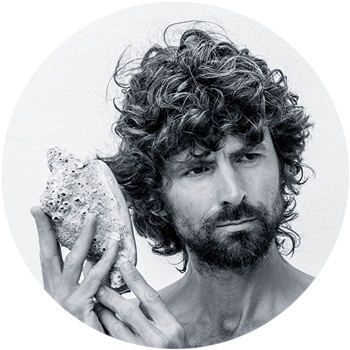
James Boag | Whole Life Yoga
The yoga of the whole human being. Practical philosophy, storytelling, movement, inquiry, looking in ways that reach beyond our habitual ways of looking.
Listen to James’ unique whole life yoga perspectives on the WHOLE LIFE YOGA podcast.

